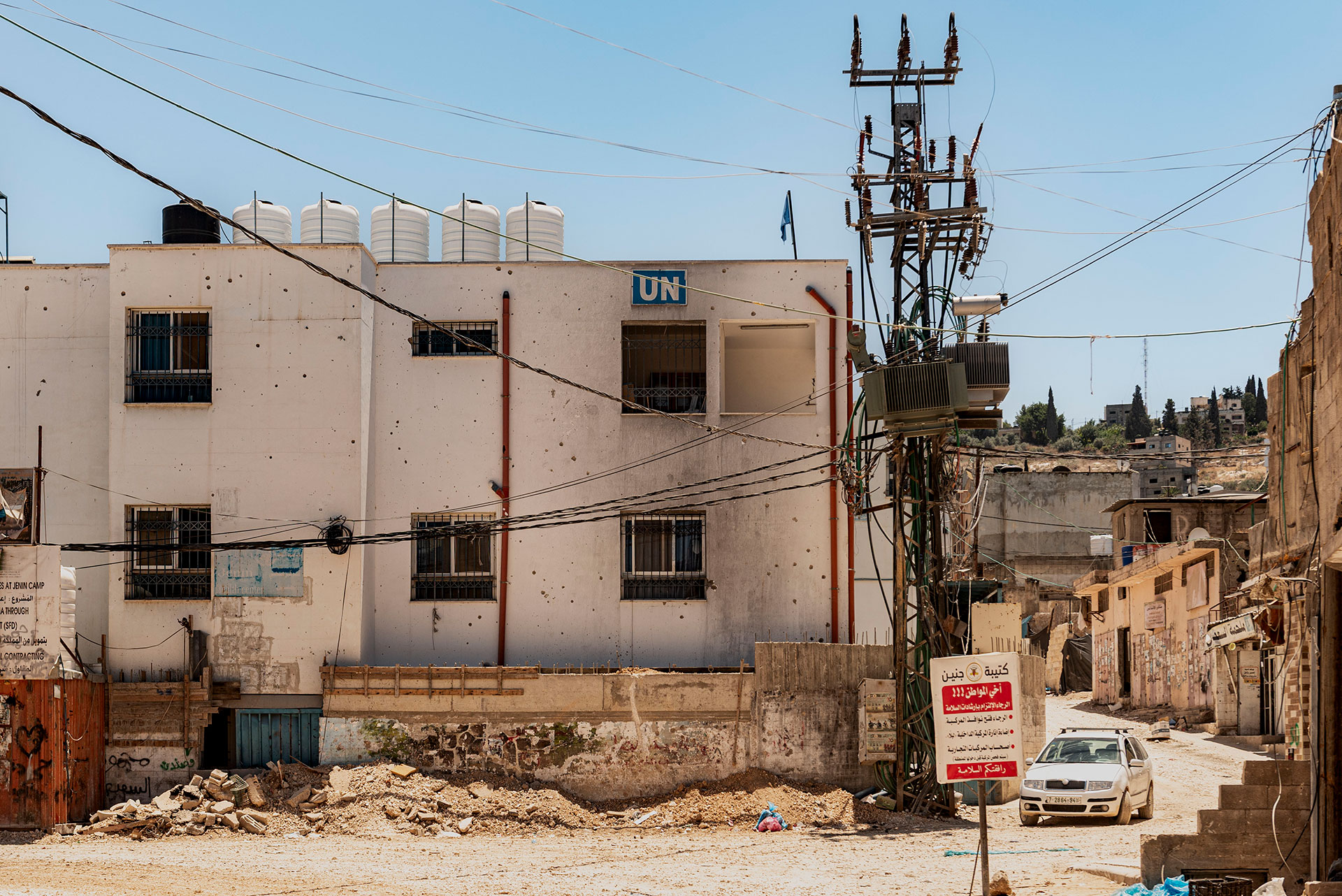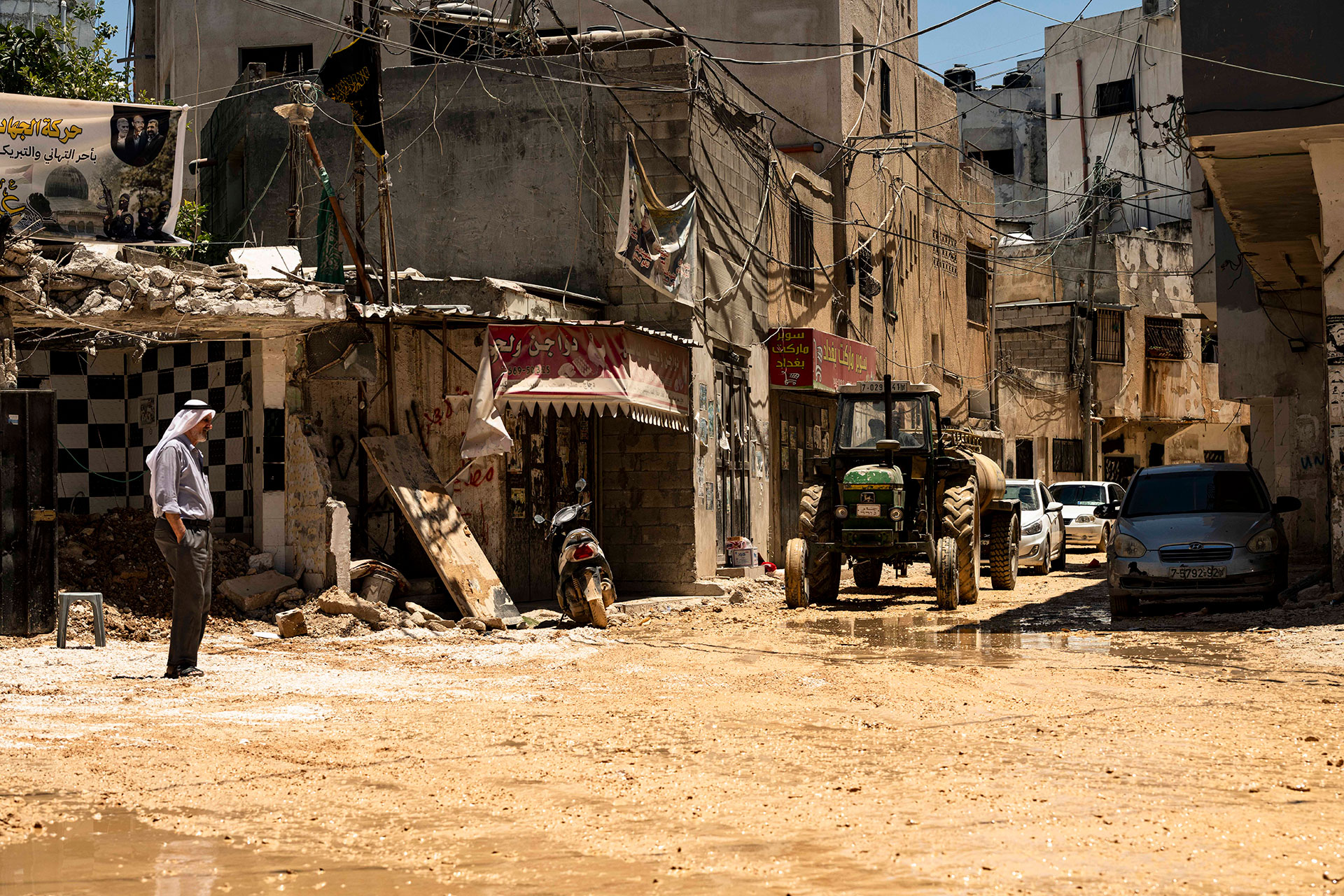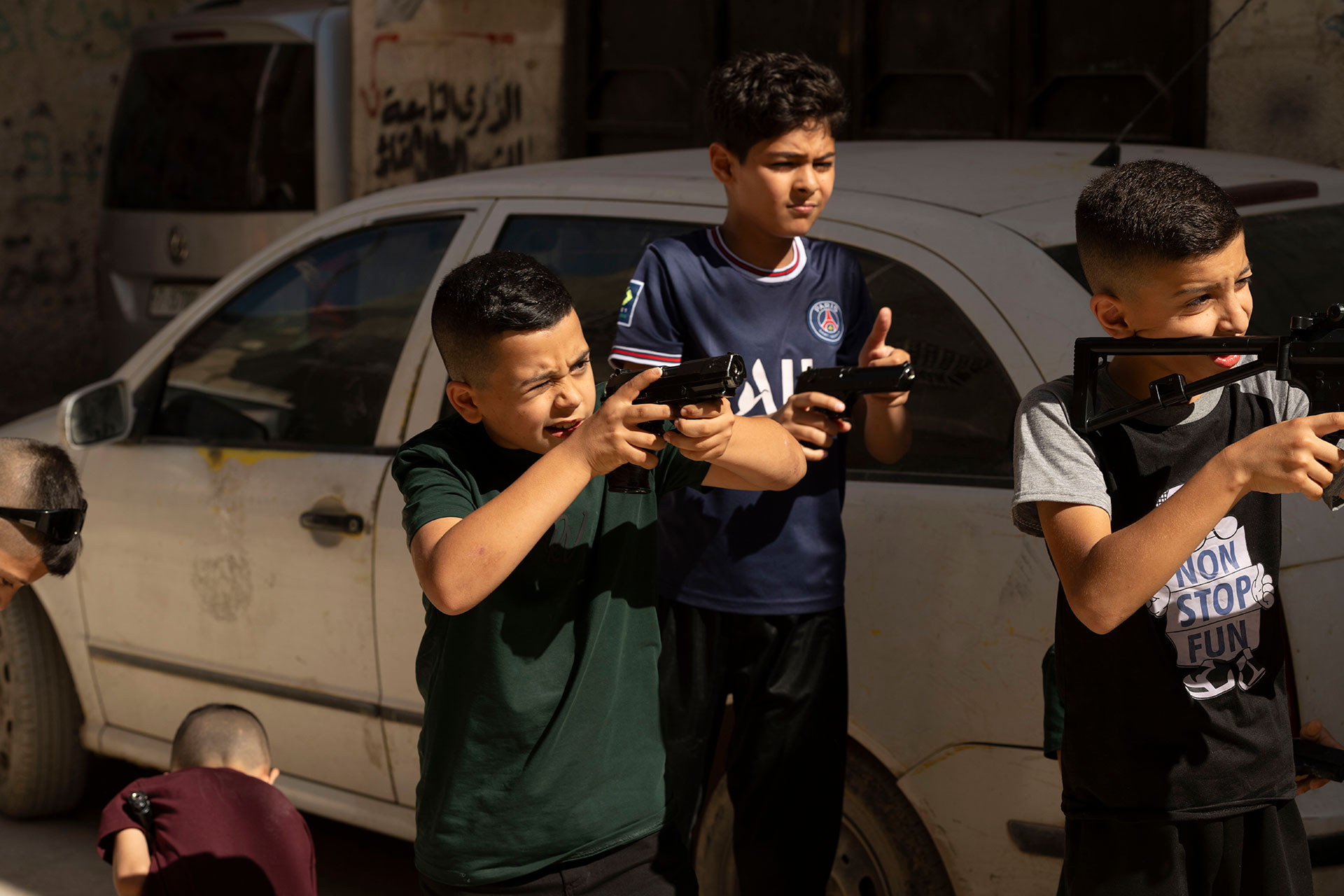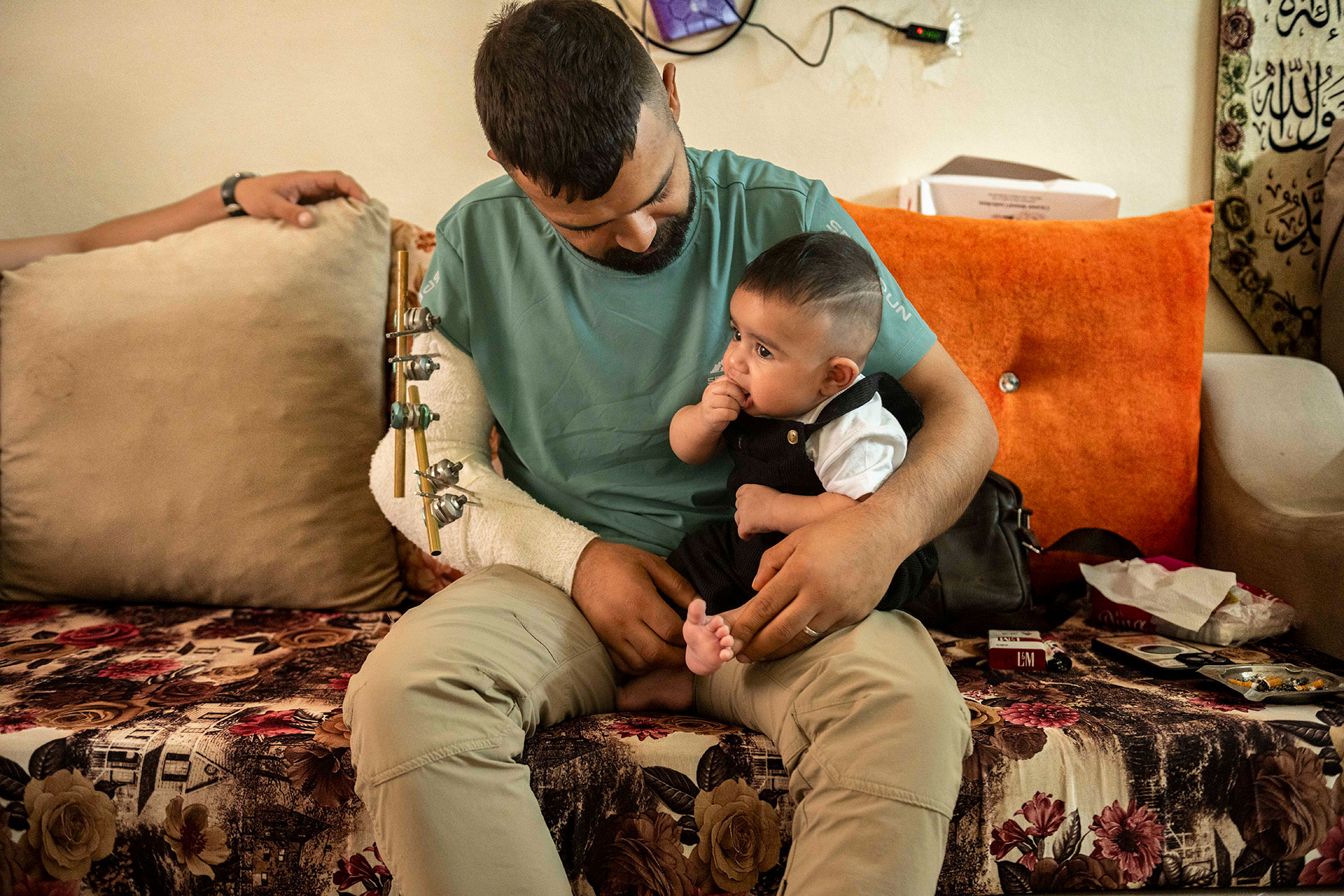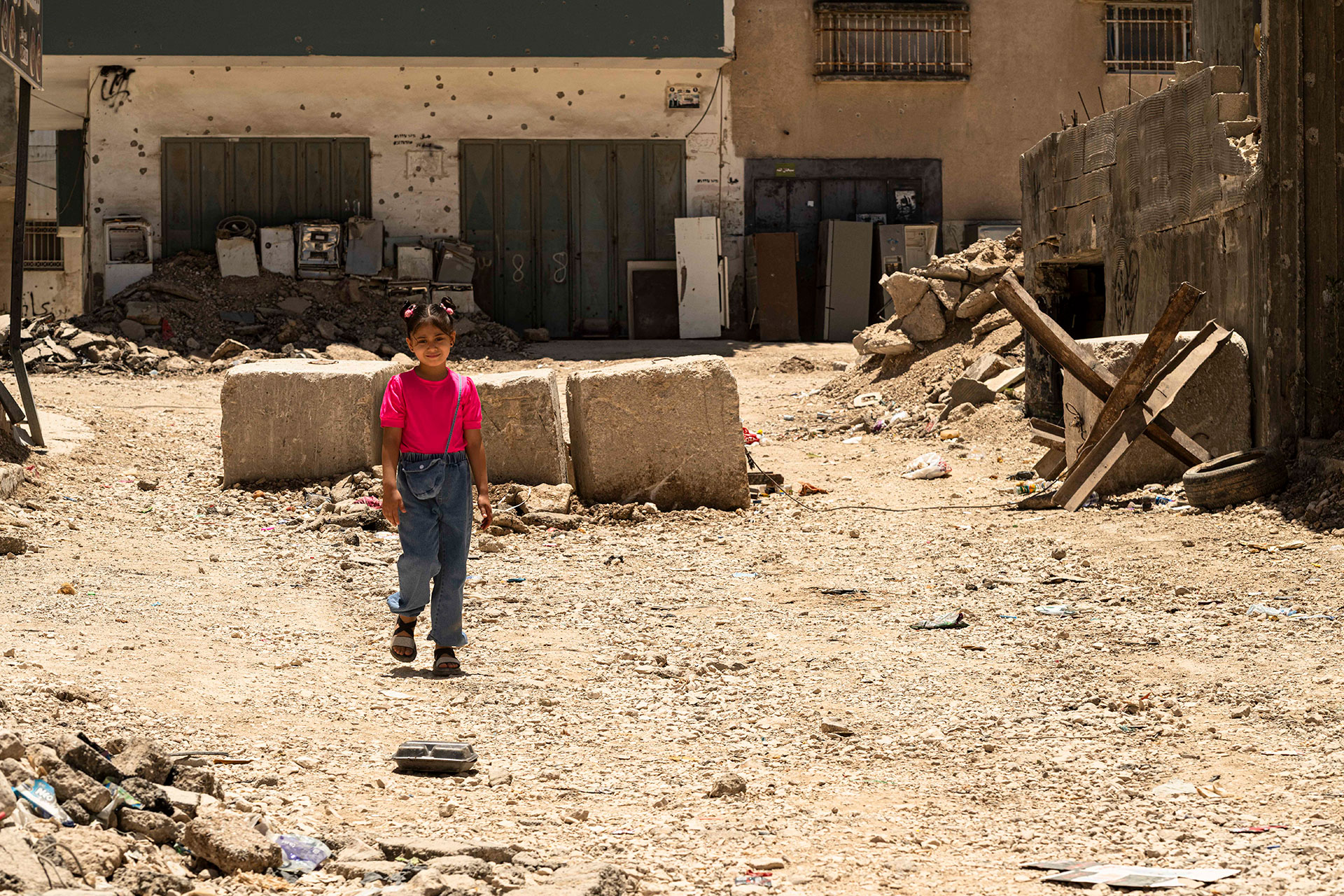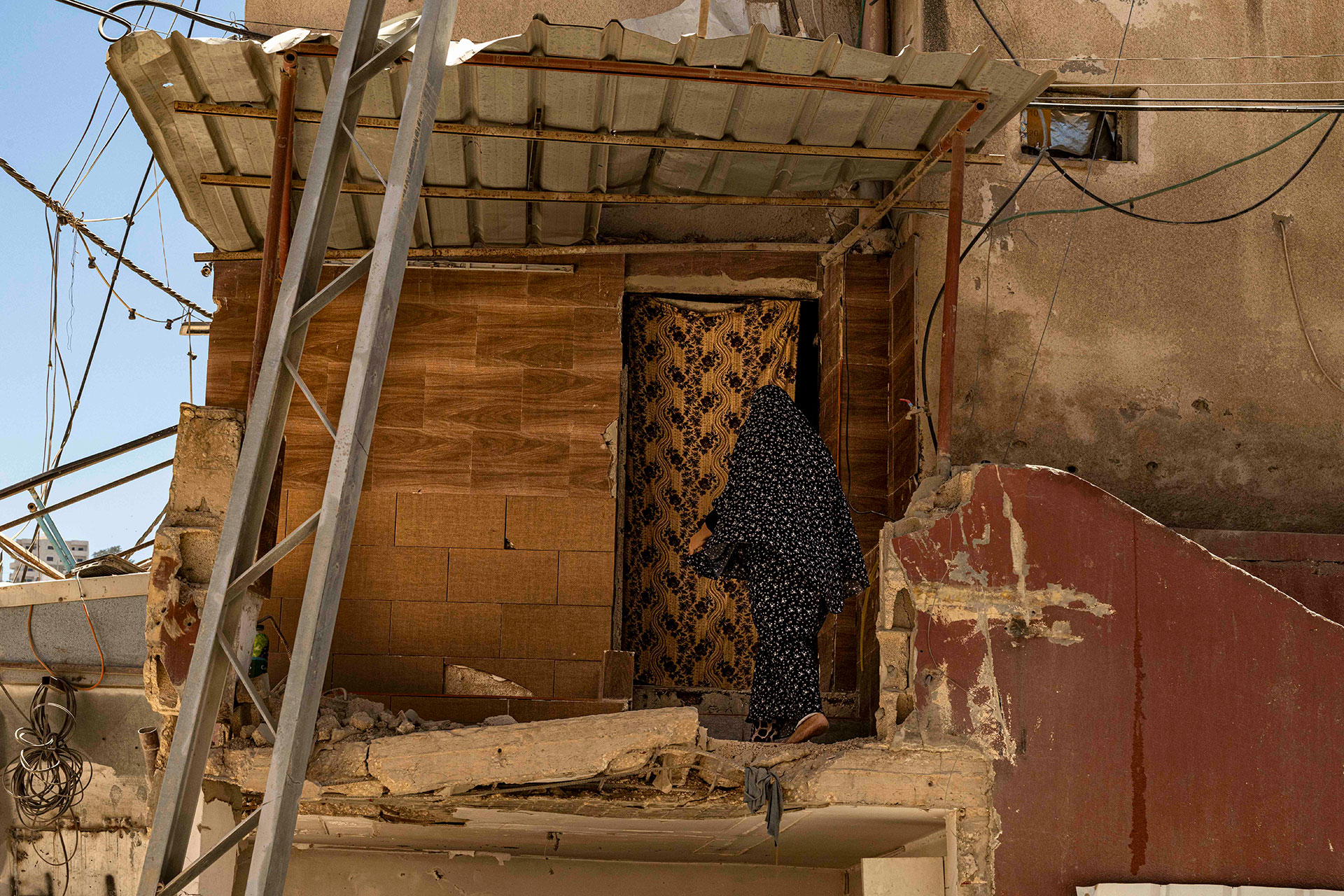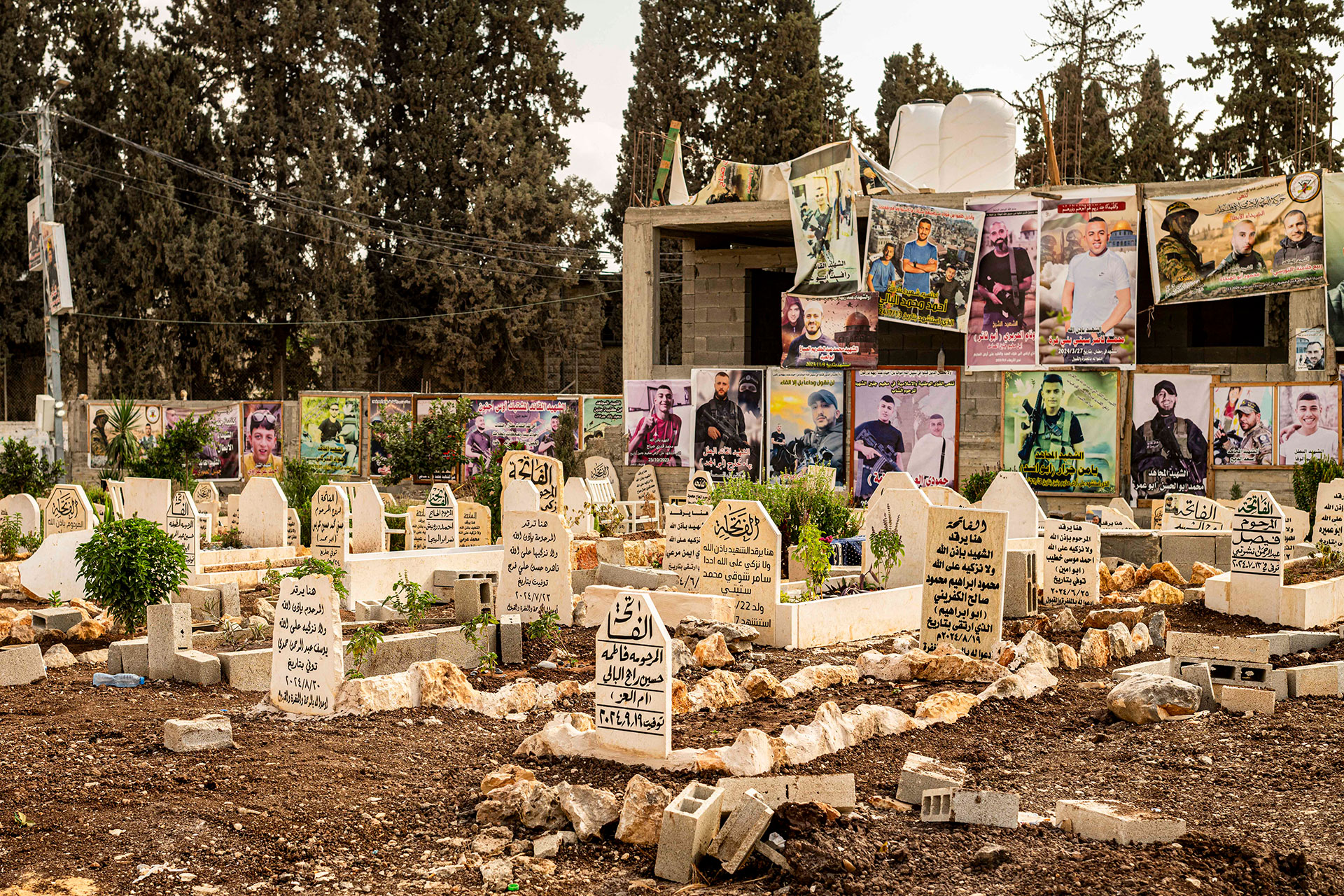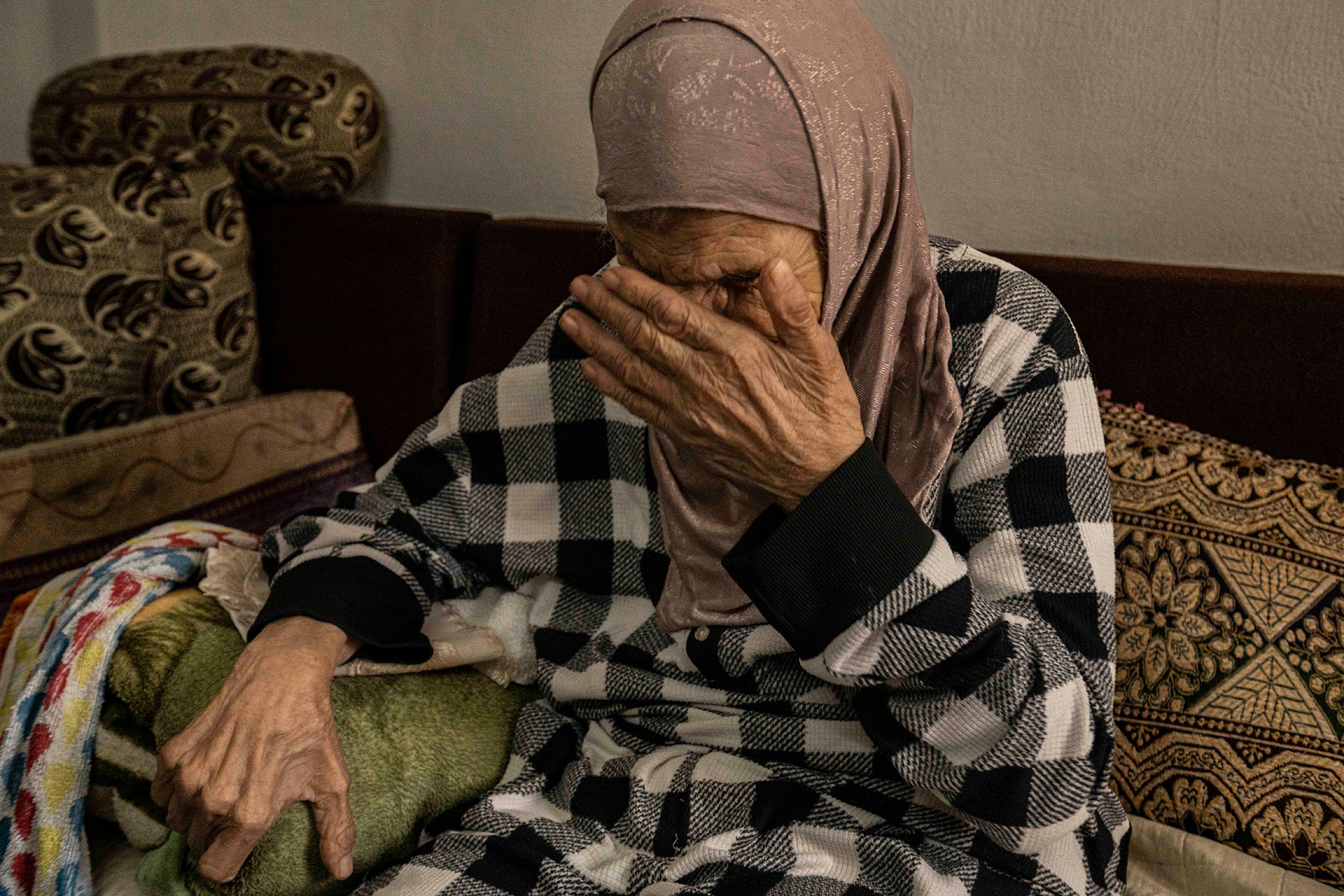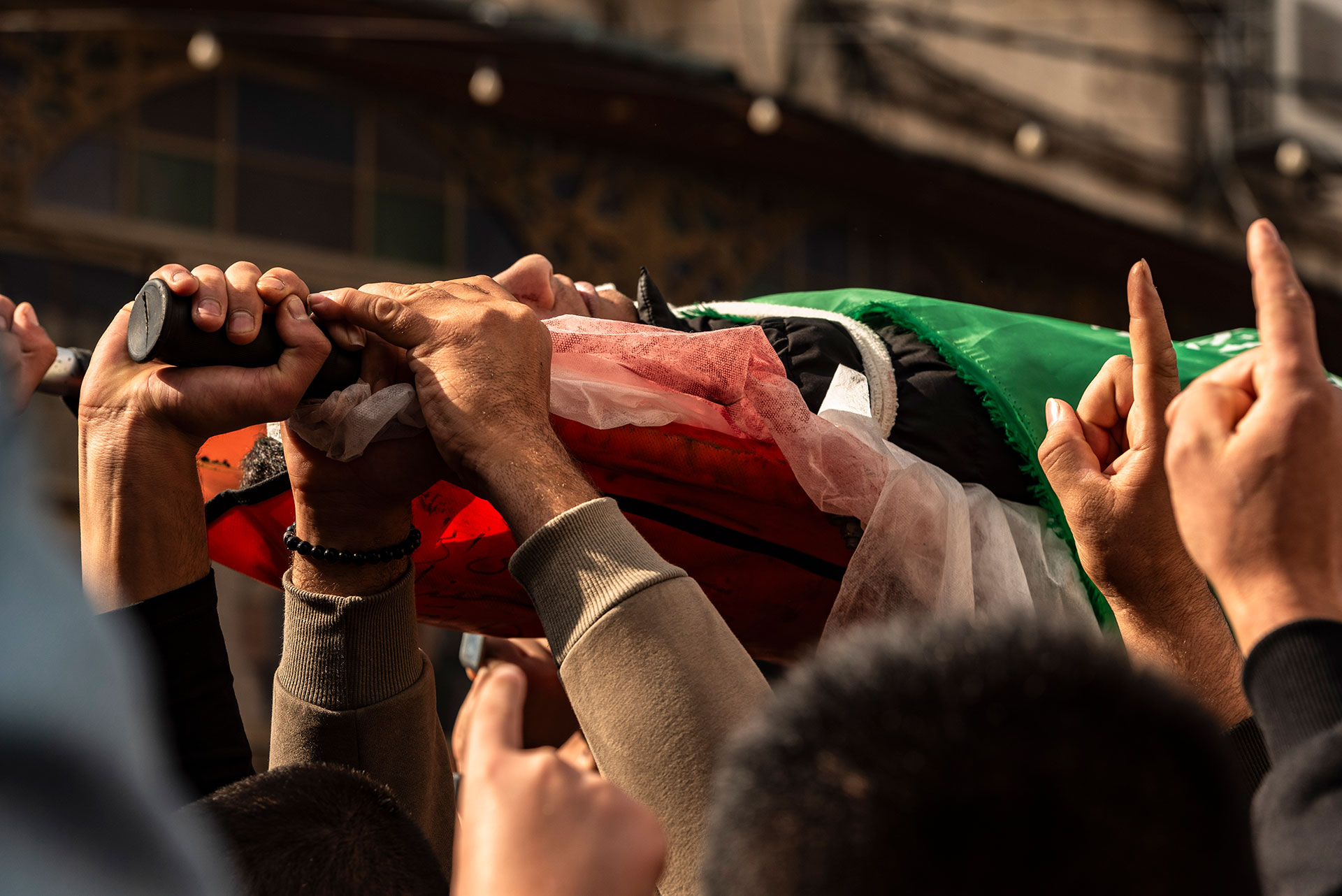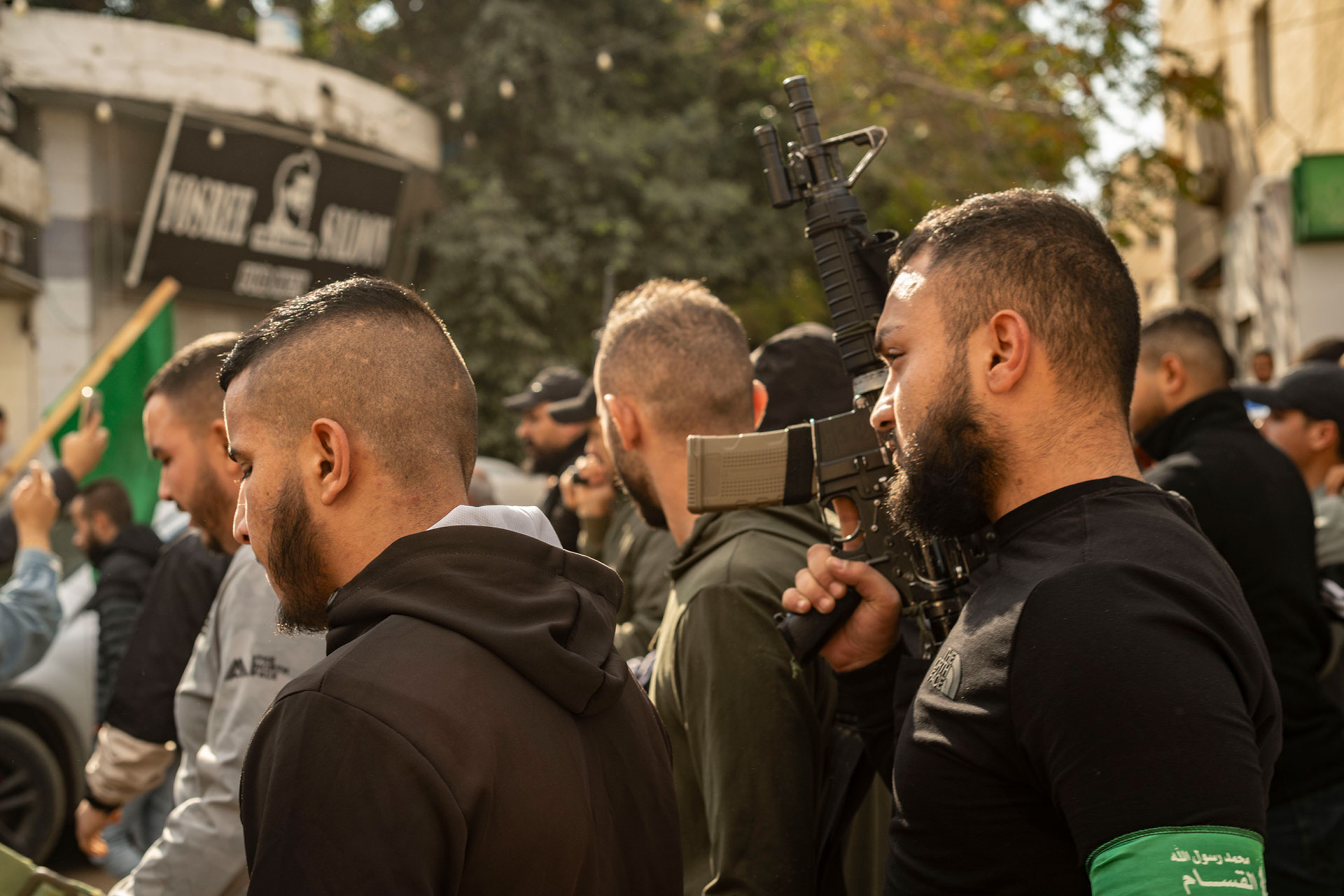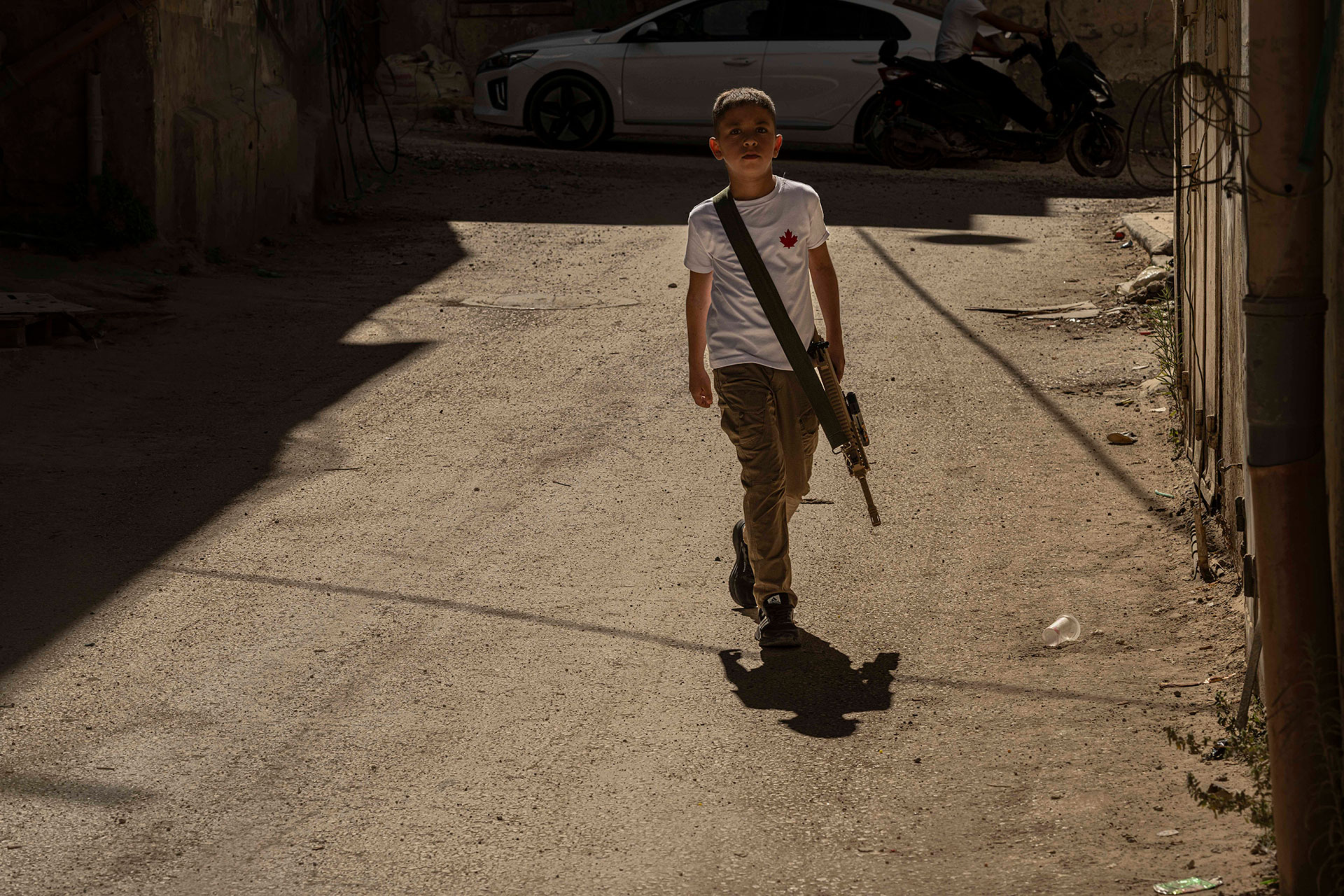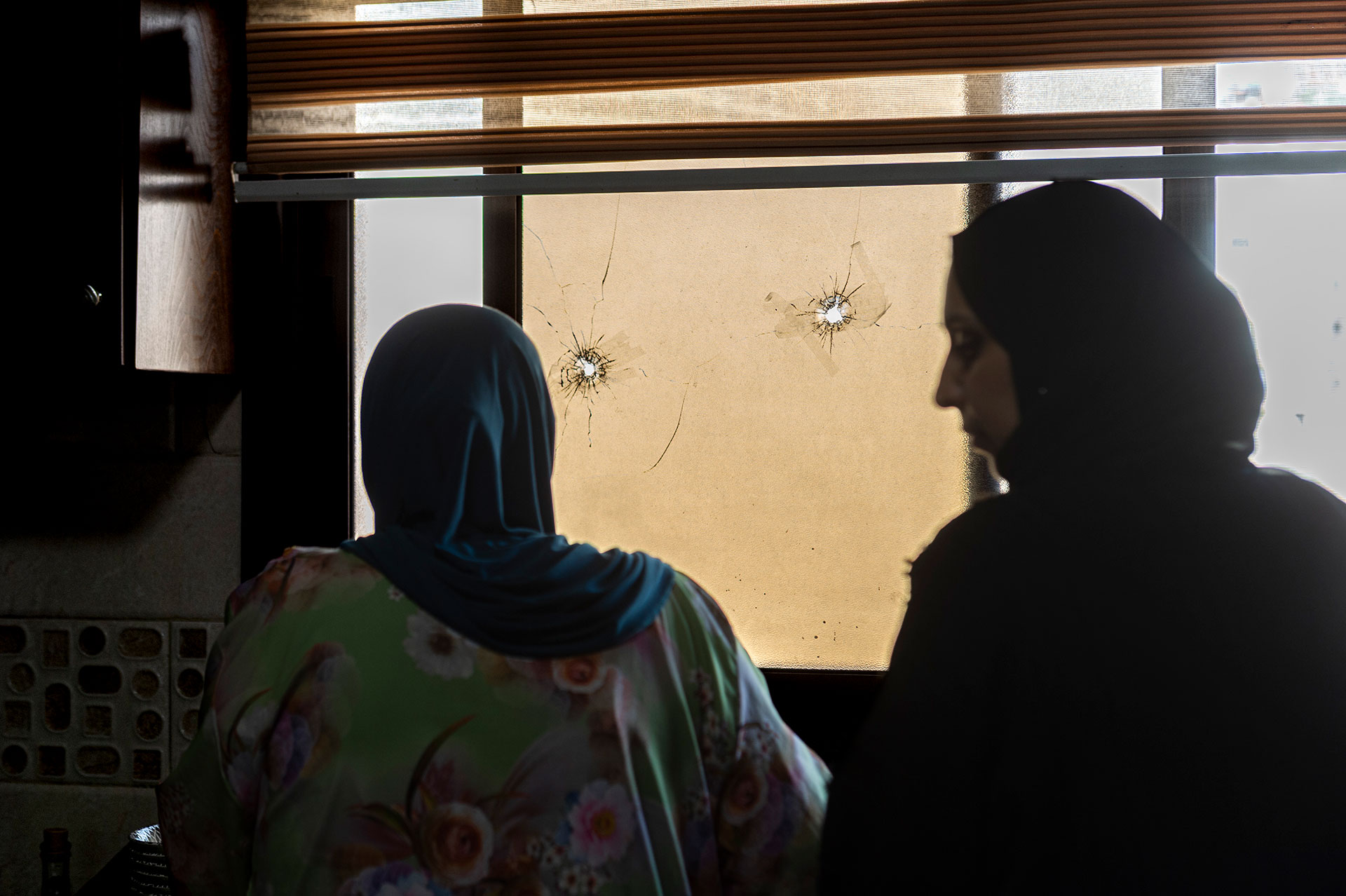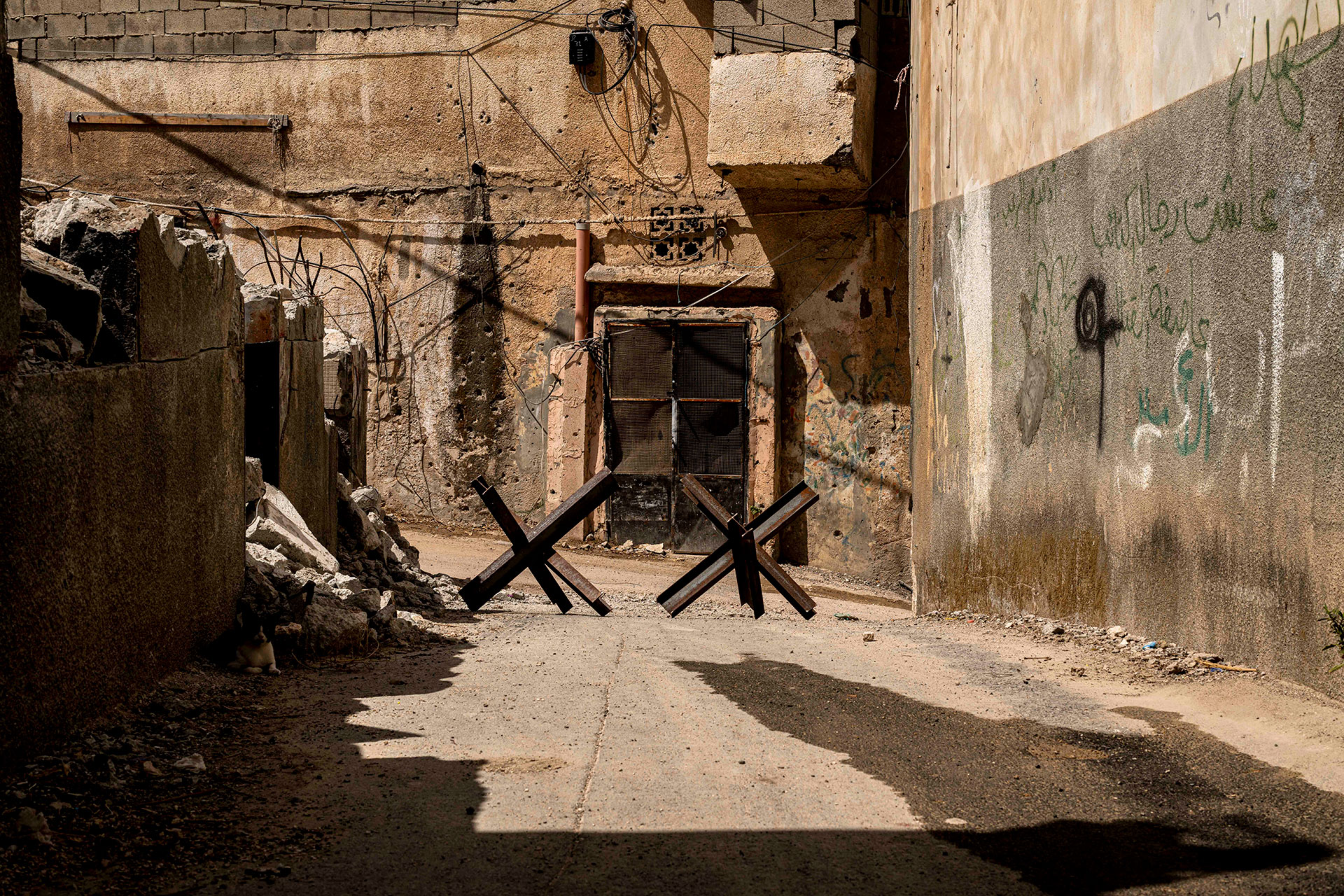Born: France
Profession: Photographer
Lives and works: Paris, France
Jenin Refugee Camp, established in 1953 after a snowstorm devastated the original site, is one of 19 camps in the West Bank. Home to over 23,000 registered refugees in less than half a square kilometre, it has become a symbol of resistance against occupation—but at a profound cost.
Since October 7, 2023, Jenin Camp has faced intensified military operations, described by the UN as the largest since the Second Intifada. As noted by the Diakonia International Humanitarian Law Centre, “Since 7 October 2023, Israel appears to have increasingly relied on a conduct of hostilities paradigm, using means and methods of warfare.” The camp bears the scars of D9 bulldozers, aircraft and drone-fired missiles, live ammunition, and shrapnel-riddled buildings—including those of the United Nations.
These operations have brought severe humanitarian consequences: loss of life, destroyed infrastructure, and deep psychological trauma. Families live under constant threat, displaced as homes are demolished or occupied during raids. Schools shut down, essential services collapse, and blackouts and water shortages worsen due to damaged streets, pipes, and sewage systems.
The camp has long been a stronghold of armed resistance. In recent years, the Jenin Brigades have emerged as a major force opposing Israeli incursions, uniting fighters from various factions and attracting young men disillusioned by the Palestinian Authority’s weakness, settler violence, and the intensifying military crackdown.
For the camp’s residents, resistance is both survival and self-defence. This steadfastness—whether seen in those rebuilding after each incursion or in the defiance of the younger generation—embodies the collective struggle of a people striving to preserve their community against overwhelming odds.


